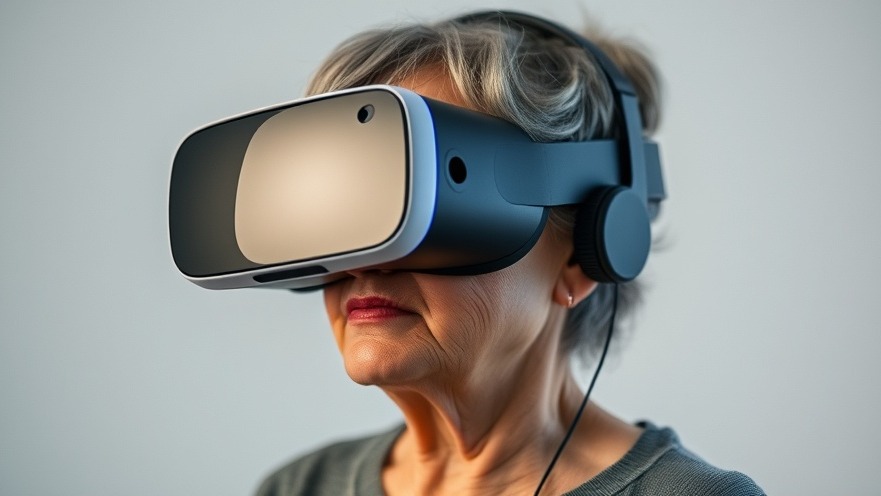
Revolutionizing Recovery: The Power of Virtual Reality in Healing
After suffering from debilitating injuries that rendered her unable to engage in her passion for writing, one author found an unexpected ally in technology: virtual reality. In recent years, the capabilities of VR have expanded beyond gaming and entertainment, bringing forth options that could aid recovery, especially for those grappling with physical limitations.
The journey began in an Apple Store, where an interaction with an enthusiastic staff member led to the trial of Apple Vision Pro goggles. A tool initially meant for entertainment soon revealed itself as a gateway to immense possibilities for rehabilitation.
How Virtual Reality Transforms Physical Rehabilitation
The integration of VR technology into rehabilitation practices has sparked a revitalized interest in how digital worlds can aid physical healing. By immersing users in interactive environments, the Vision Pro and similar devices help maintain cognitive function and promote a sense of achievement as patients navigate tasks that align with their recovery goals. The ability to exercise the body and mind simultaneously through engaging exercises makes VR a compelling option for clinicians looking to enhance traditional therapeutic approaches.
Notably, research shows that spatial computing can significantly improve patient outcomes — from reducing pain to shortening recovery times. Hospital designs now incorporate immersive technologies like these to facilitate exercises previously deemed too daunting for patients with severe physical limitations. For example, innovative apps are being developed that use 3D imaging to help visualize surgical procedures, making patients feel more involved and informed in their caregiving journey.
Real-World Applications and Success Stories
Countless patients are already experiencing success with VR in clinical settings. At facilities like Cedars-Sinai, programs such as Xaia utilize VR’s immersive abilities to support mental health needs by providing conversational therapy in serene environments. Users can engage in guided meditation and mindfulness practices while surrounded by comforting digital landscapes. Such applications underscore the mental health benefits that accompany the physical advantages of virtual reality technologies.
Moreover, startups like Jolly Good are developing VR-based cognitive behavioral therapy tools to complement traditional treatments, signifying a shift in how mental wellness is approached. These therapies aim not only to treat but also to empower patients to take an active role in their healing processes.
A Look Toward the Future
The promise held by VR technologies is only beginning to be realized. As healthcare professionals increasingly adopt spatial computing options, there are expansive opportunities for creating applications that resonate with individual patient needs, driving innovation that fosters optimal health and wellness.
With VR technology like the Apple Vision Pro at the forefront, we can anticipate a future where the convergence of physical rehabilitation and mental health care becomes the norm, offering holistic wellness approaches that are inclusive and diverse.
How You Can Experience This Revolutionary Tech
For individuals interested in exploring the benefits of VR as a tool for wellness, local health and wellness centers are beginning to adopt these technologies. Whether you’re seeking alternatives for mental health support or looking for new ways to enhance your physical recovery, virtual reality options might just be worth considering.
Look out for community health events showcasing the latest innovations in health technology, as many cities will feature workshops and demonstrations on how VR can empower your health journey.
As we embrace these transformative technologies, remember: recovery is a multifaceted journey, and sometimes, the most unexpected tools can lead us to profound healing.
 Add Row
Add Row  Add
Add 




 Add Row
Add Row  Add
Add 


Write A Comment